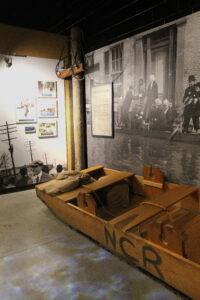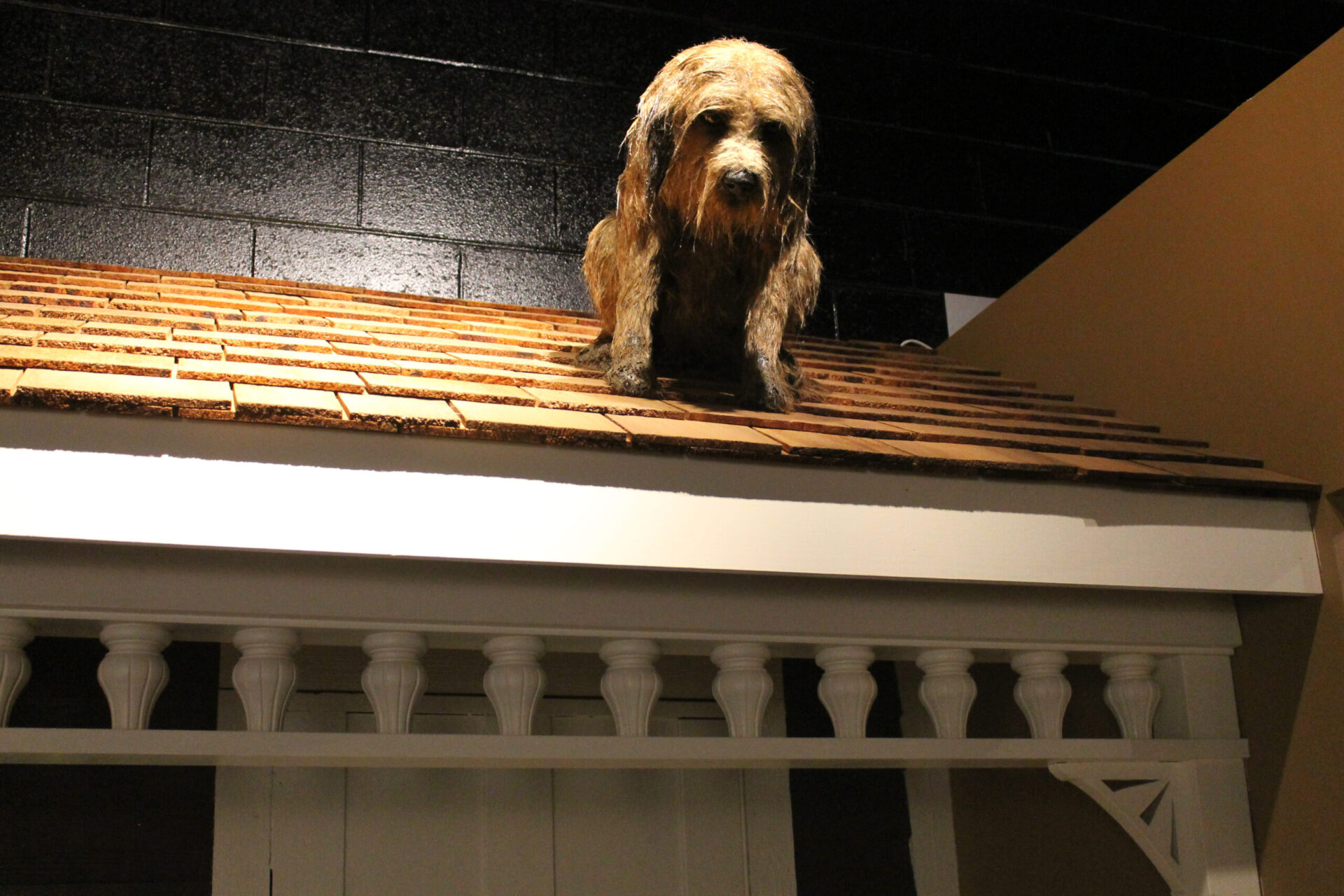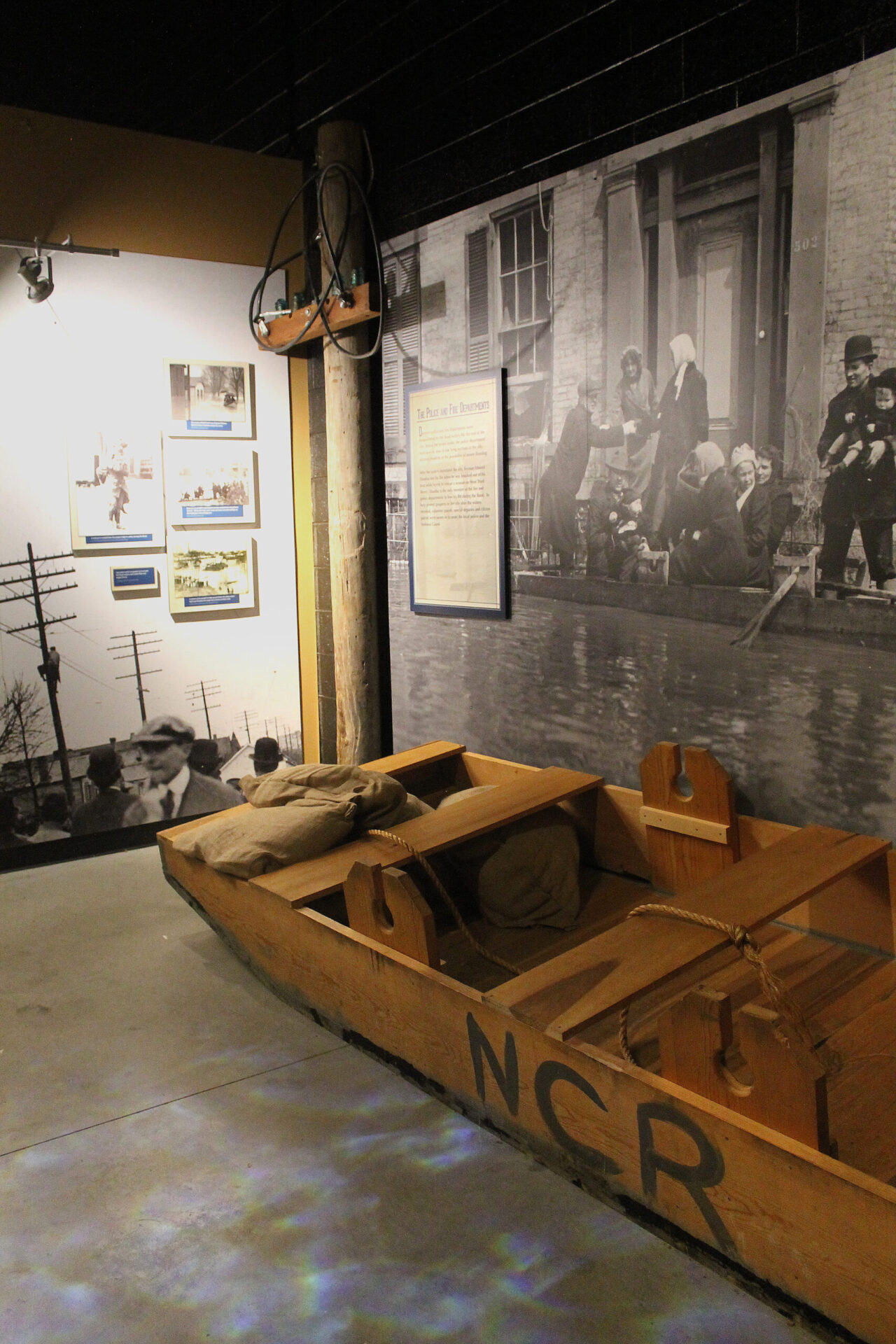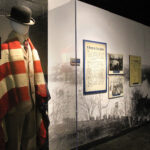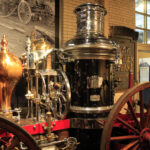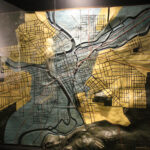The Great 1913 Flood Exhibit
The Great 1913 Flood was Ohio’s worst natural disaster, with waters rising 20 feet in low-lying areas and surging up to 25 miles per hour. Gas lines ruptured, fires swept through the city, and the Great Miami River expanded to more than a mile wide on each side. More than 1,400 horses died, but thanks to NCR’s large-scale relief efforts, the region’s human death toll was limited to 361.
The Great 1913 Flood Exhibit speaks to disaster, perseverance, and heroism. By bringing together numerous Flood-related artifacts, it tells the story of a grief-stricken city banding together to rise above adversity.
Situated at the confluence of five waterways, Dayton had experienced flooding many times before — but NCR founder and president John H. Patterson sensed the 1913 flood would be far worse. Before the levee broke, he transformed the NCR factory into a relief station and ordered his carpentry department to build more than 200 flat-bottomed johnboats. In the days that followed, thousands of refugees received shelter, food, clothing, medical care, and even shoe shines and haircuts. The NCR garage was converted into a temporary morgue, and additional aid stations were established at the University of Dayton and throughout the city.
Carillon Historical Park Founder Col. Edward A. Deeds spearheaded the creation of the Miami Conservancy District (MCD), an intricate system of dams designed to protect the Miami Valley. On May 25 and 26, 1913, Daytonians gathered outside the Old Courthouse and privately raised more than $2 million to fund the project. Designed by civil engineer Arthur E. Morgan — later the first chairman of the Tennessee Valley Authority — the MCD has kept the Dayton region flood-free for over a century.
Image Gallery




